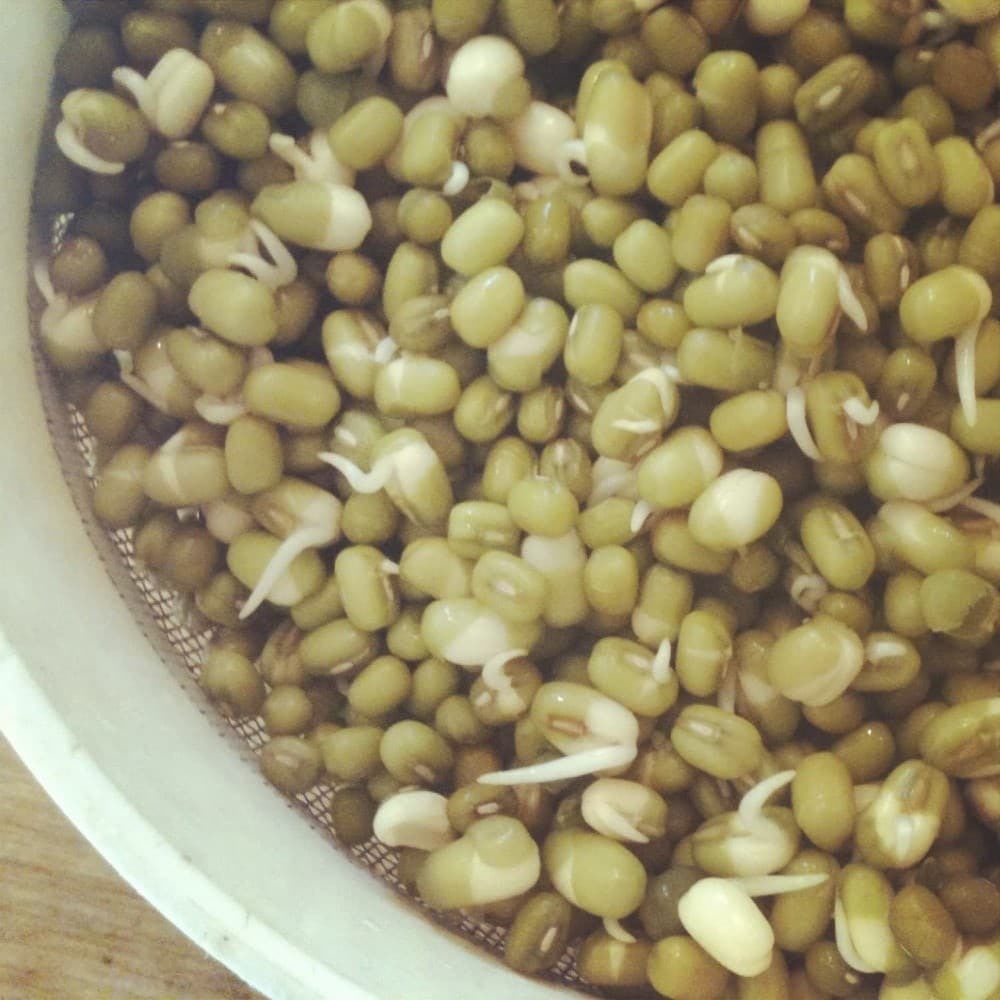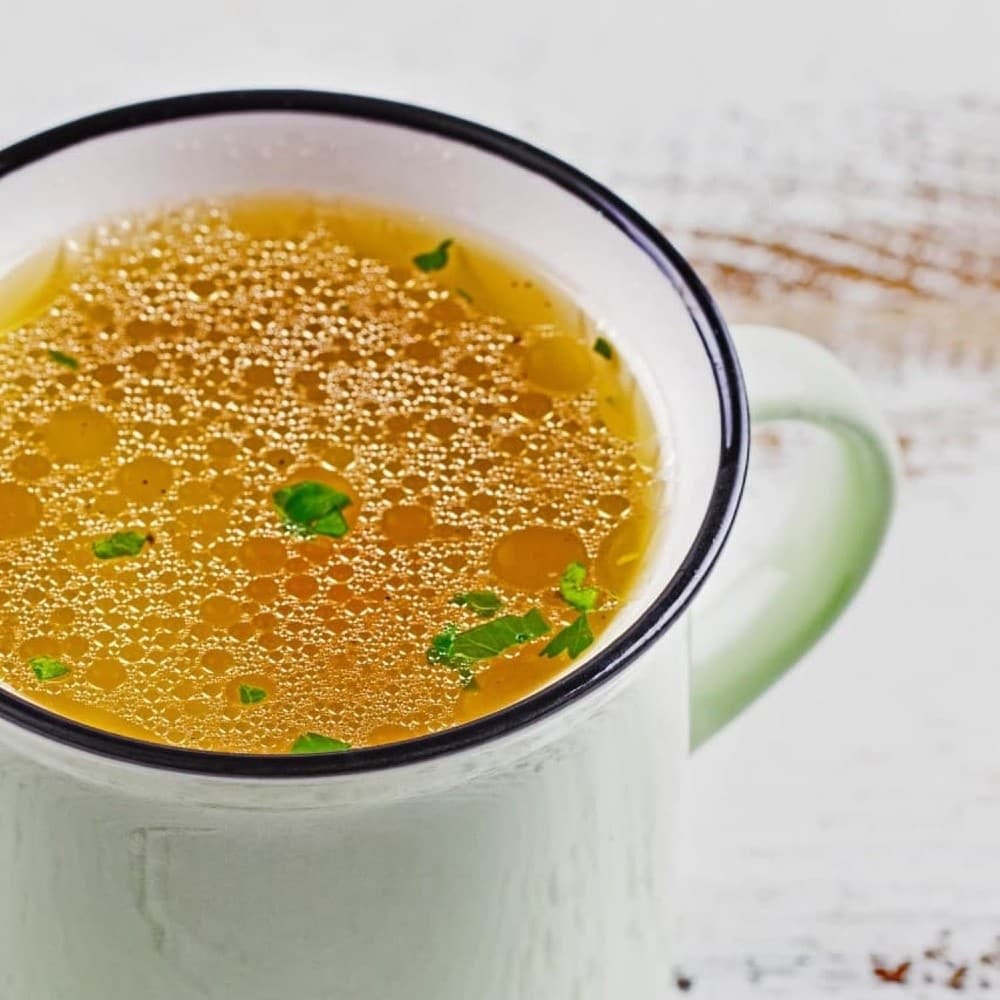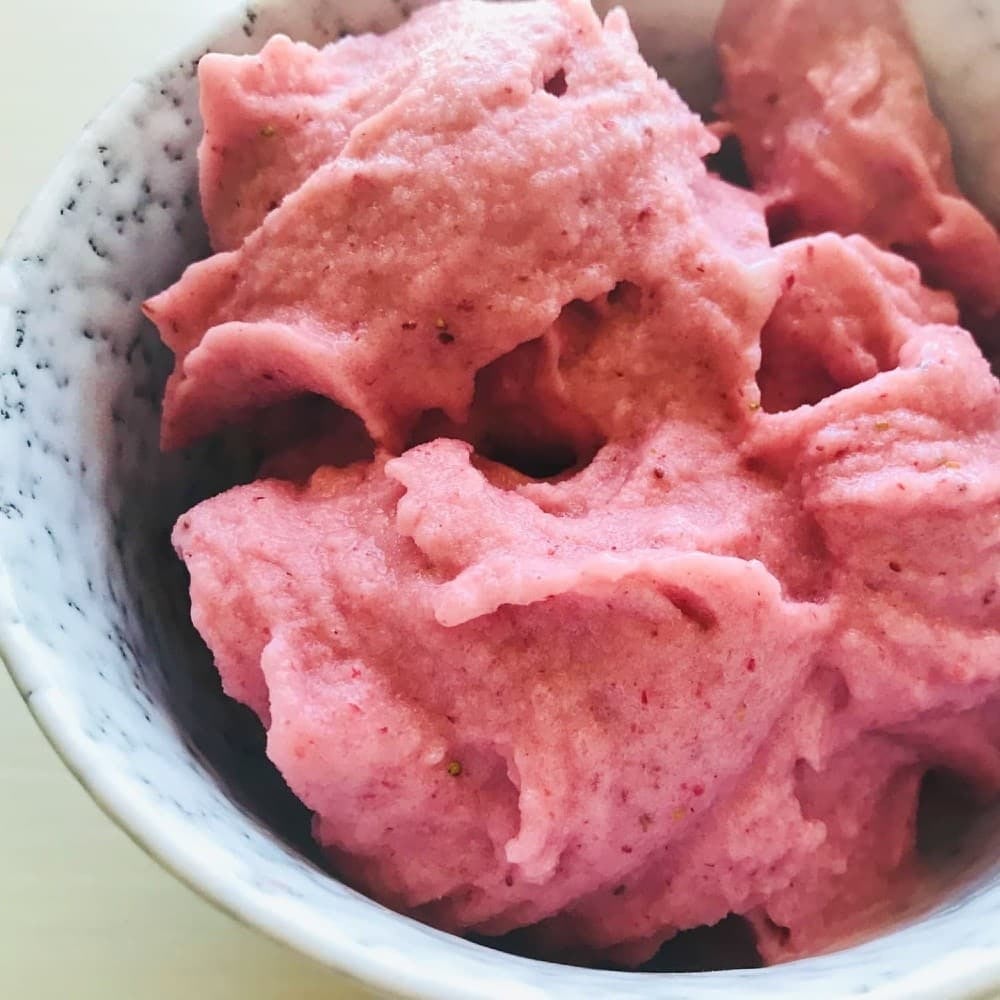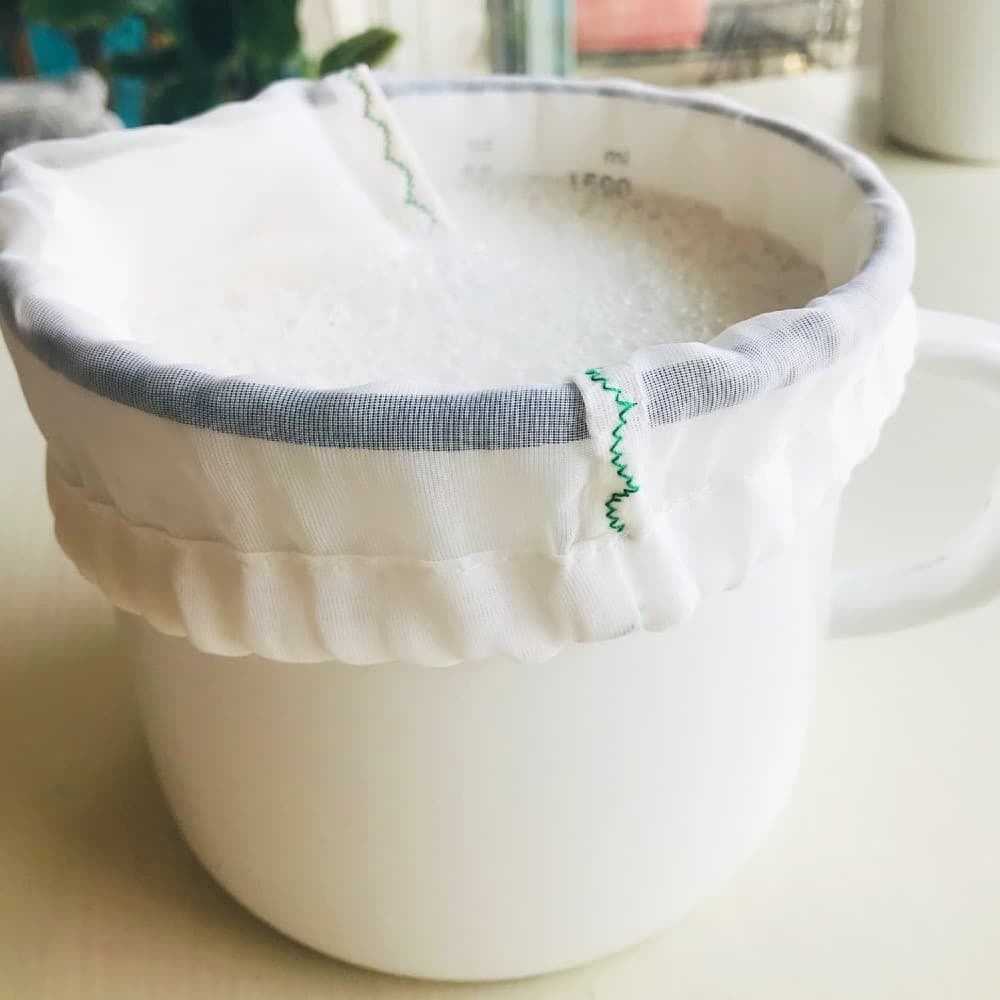Why in the world would you want to sprout beans? The word “sprout” is almost intimidating. It sounds so complicated. Well, if you ever left beans hanging around after soaking and rinsing, and you saw little tiny sprouts coming out of the beans, congratulations – you sprouted beans.
But back to why would you do this on purpose? A bean is a potential plant. It’s got a lot of goodness as is, with a high protein and fiber content. But it also has so much more potential than that.
When you soak and drain beans as we’ve talked about here, you’re deactivating the restrictive phytic acids on its coating and activating this little would-be-plant. In those first days when the bean is activated to begin germinating (growing), there is a humongo vitamin and mineral party happening in that sprouting bean. And not to ruin the bean’s party, but this little sprout is now a true superfood for you. The nutrients in the sprouted bean are more dense and digestible and bioavailable. So, yes, it’s worth the couple days wait.
These directions are for when you plan on cooking the beans, not for actually growing sprouts that you would eat raw. That recipe is here.
INGREDIENTS
- 1 cup beans (actually any beans, any amount)
- best beans for sprouting =
- garbanzo (chickpeas)
- mung beans
- lentils
METHOD
- Soak beans in filtered water for 8 hours (overnight is easy).
- Drain and rinse well.
- Keep beans in a strainer for 1 – 2 days and watch them sprout.
- Rinse a little water over them if they look dry every morning.
- Cook the sprouted beans.
Some raw foodists or nutrition gurus might say that cooking the beans after sprouting negates the benefits. But those people are walking around with bloating and gas. Show me a human who can properly digest uncooked beans and I’ll edit this post.





